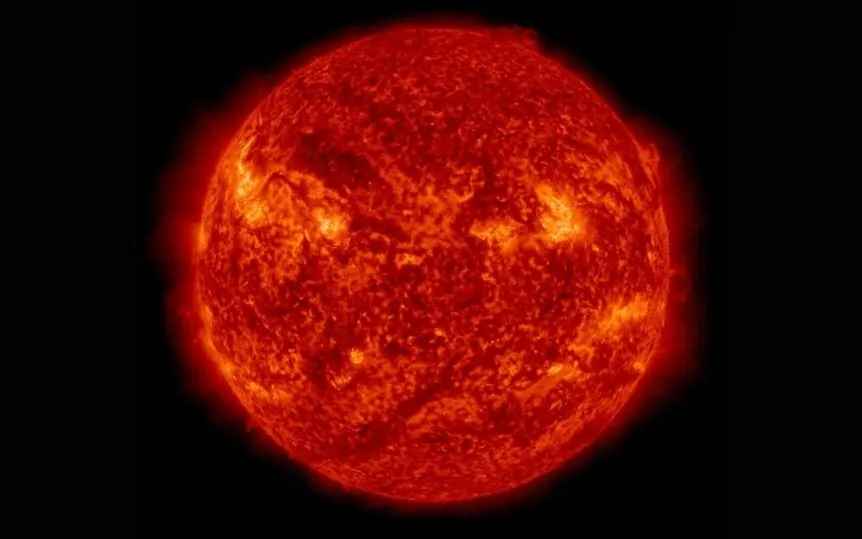NASA Warns of Potential M-class Solar Flare
As we approach the Solar Maximum, the Sun’s activity is anticipated to increase in the coming months. This period, expected to occur in 2024 or 2025, represents the peak of the solar cycle. Surpassing previous predictions, the number of sunspots has already exceeded expectations. During this peak phase, the planet may encounter various threats such as CMEs, solar flares, solar storms, and other particles, which could have disastrous consequences. In a recent development, NASA’s Solar Dynamics Observatory (SDO), equipped with a comprehensive range of instruments to observe the Sun, has unveiled that Earth might be in the direct path of a sunspot. This raises concerns as dangerous solar flares could potentially be ejected, posing a significant risk of havoc.
We are now on WhatsApp. Click to join.
A dangerous sunspot
According to a report by spaceweather.com, NASA’s Solar Dynamics Observatory (SDO) predicts that a region of the Sun’s surface called Sunspot AR3451 has a “beta-gamma” magnetic field that can trigger solar flares. There is a possibility that M class solar flares will hit the earth soon.
It says that “Sunspot AR3451 has a ‘beta-gamma’ magnetic field that contains the energy for M-class solar flares. For the uninitiated, solar flares are classified according to their intensity on a logarithmic scale, similar to how earthquakes are measured. The smallest are A-class, which occur near background levels, followed by B, C, and M, while X-rated flares are the most powerful.
The Sun’s magnetic poles are disappearing
According to the report, the Solar Dynamics Observatory has also observed that the Sun’s north and south poles are disappearing. Although it would have been followed by a series of accidents if it happened on Earth, the loss of the magnetic poles is considered natural during the peak of the solar cycle.
Before the end of the year, the poles are expected to completely reverse the Sun’s global magnetic field as we approach the peak of solar cycle 25.
Stanford University solar physicist Todd Hoeksema told SpaceWeather: “It’s actually routine. This happens every 11 years (more or less) when we’re on the brink of Solar Maximum.”
One more thing! We are now on WhatsApp channels! Follow us there to never miss any updates from the tech world. If you want to follow ReturnByte channel on WhatsApp, click here to join now!




